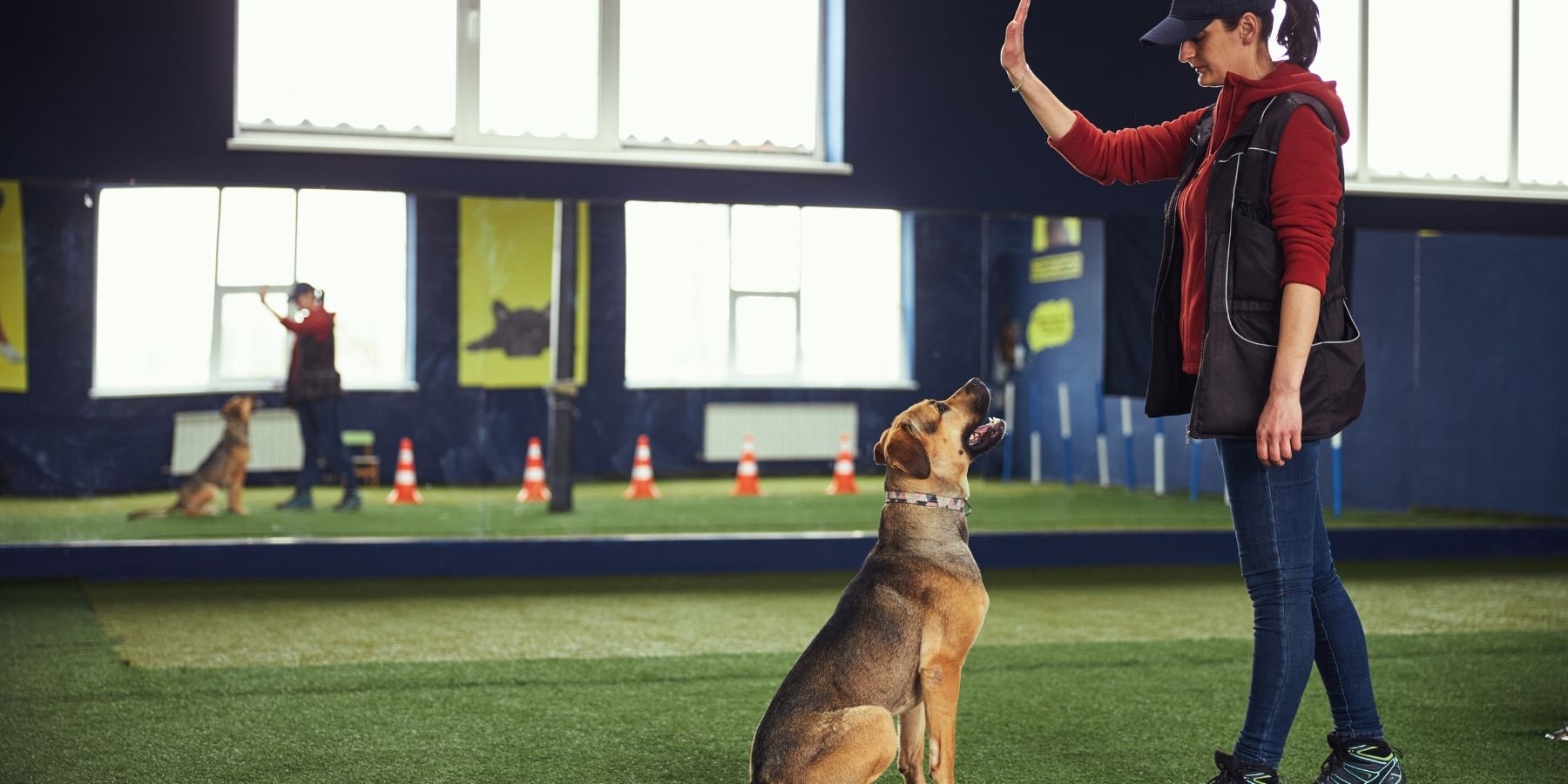As a pet lover and an SEO expert with five years of experience, I know how crucial it is to share clear, helpful information, especially when it comes to our furry friends. In this article, we're focusing on an important topic: safety tips for owners of deaf dogs. Owning a deaf dog can be a unique, rewarding experience, but it also comes with specific safety challenges. Here are some essential tips to ensure your deaf dog stays safe and happy.
1. Secure Your Home and Yard
First, make sure your home and yard are safe. Deaf dogs can't hear dangers like cars or other animals. It's vital to have a secure fence. Check for gaps where your dog might escape. Inside your home, keep floors clear of things your dog might trip over.
2. Use Leashes and Harnesses
When outside, always use a leash or harness. Even in a fenced yard, it's a good safety habit. This way, you can quickly guide your dog away from trouble.
3. Visible ID Tags
Your dog should always wear a collar with ID tags. Include your contact information and a note that your dog is deaf. If your dog gets lost, this will help anyone who finds them.
4. Training with Hand Signals
Train your dog with hand signals. Basic commands like 'sit', 'stay', 'come', and 'no' can be taught using gestures. Consistency is key. Use the same signal every time for each command.
5. Check-Ups are Essential
Regular vet check-ups are important. Although your dog is deaf, their overall health is just as important. Regular visits to the vet will keep them in good shape.
6. Use Vibrating Collars
Vibrating collars can be a great tool. They're not shock collars. They gently vibrate to get your dog's attention. This can help with training and calling them back to you.
7. Stay Visible
If your dog is off-leash in a safe area, keep them in sight. Deaf dogs might not notice you walking away. Always make sure they can see you.
8. Create a Routine
Dogs love routine, and deaf dogs are no different. Feed, walk, and play at the same time each day. This helps them feel secure and happy.
9. Sleeping Arrangements
Be mindful when waking your deaf dog. They can't hear you approach, which might startle them. Gently pat the bed or floor near them to wake them up.
10. Educate Others
Teach family and friends about your dog's needs. Let them know about the special ways you communicate and keep your dog safe.
Conclusion
Owning a deaf dog is a special journey. With these safety tips, you can create a loving, secure environment for your furry friend. Remember, patience and consistency are your best tools. Your deaf dog relies on you for their safety and happiness.
Summary
We've covered essential safety tips for deaf dog owners, including securing your home, using leashes, visible ID tags, hand signal training, regular check-ups, using vibrating collars, staying visible, creating a routine, careful waking, and educating others. With these tips, your deaf dog can lead a safe, happy life.
FAQ
Q: Can deaf dogs be trained?
A: Yes, deaf dogs can be trained using hand signals and visual cues.
Q: Are vibrating collars safe for deaf dogs?
A: Yes, when used correctly, vibrating collars are safe and can be a useful tool for getting your dog's attention.
Q: How do I wake up my deaf dog without startling them?
A: Gently pat the bed or floor near them. Avoid touching them suddenly.
Q: Is it safe to let a deaf dog off the leash?
A: It's safer to keep them on a leash, especially in unfenced areas. In a secure, safe area, they can be off-leash as long as they remain visible to you.
Q: How can I tell if my dog might be deaf?
A: Signs include not responding to sounds, not waking up when there's noise, or not responding to their name. A vet can help confirm if your dog is deaf.


